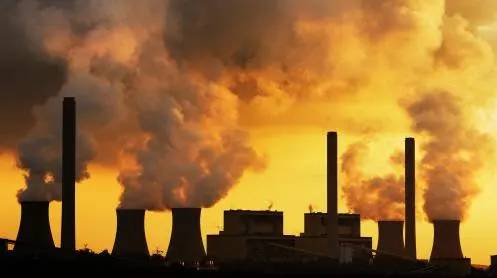KARACHI: Pakistan is gradually reducing its reliance on imported fuels to address the main cause of depleting foreign reserves, with May numbers showing a significant decline in the share of furnace oil in the energy mix.
The country is currently grappling with a historic financial crisis as its foreign reserves dwindle, leaving only enough to cover one month’s worth of import bills.
According to NEPRA’s Indicative Generation Capacity Expansion Plan (IGCEP) 2022-31, the share of furnace oil (FO) in the energy mix significantly decreased in May.
In the 11 months of the current financial year, the share of FO has declined by 64 percent compared to the previous year.
In May 2023, FO represented only 2 percent of the energy mix, with a production of 241 GWh, marking an 81 percent year-on-year decrease. As per the IGCEP, the total share of green energy is targeted to reach 59 percent while FO is set to be phased out by 2031.
It is worth mentioning that during the 11 months of FY23, the average cost of power production was Rs9.3/KWh, reflecting a 6 percent year-on-year increase. However, in May 2023, the average fuel cost declined by 5.1 percent month-on-month to Rs9.72/KWh.
The reduction in cost in May can be attributed to the increased generation of power through cheaper sources such as hydel, local coal, and nuclear energy, whereas LNG and FO were the most expensive fuel sources, costing Rs24.46/KWh and Rs23.24/KWh, respectively.
“No meaningful production from FO helped contain the overall power generation cost,” said Syed Saifullah Kazmi, Head of Investment Banking at Intermarket Securities Limited.
Generation from coal was at Rs10.53/KWh.
He added that this is quite a good strategy to gradually phase out FO from the energy mix and increase the share of cheap local resources such as local coal, hydel, and nuclear energy.
“Though the share of coal was 14 percent lower MoM in the latest numbers, it is expected to increase in the coming months,” Kazmi said, and urged the government to focus on increasing the share of local coal in the energy mix to further ease the burden on the import bill.
It should be mentioned here that the production of coal from Thar coal mines has increased to 7.6 million tonnes per annum (MTPA) in the Phase II expansion. Previously, Phase I of mining had an output of 3.8 million tonnes per annum.
Kazmi said that the production output of the mine from 3.8 MTPA to 7.6 MTPA, with a cumulative power generation of 1,320 MWs from Block II, was significantly helping to counter the energy crisis.
The Phase III expansion will further reduce coal prices, making it one of the cheapest sources of fuel.
He added that with 175 billion tonnes of coal deposits in Thar, this indigenous resource has the potential to easily make the country self-sufficient in energy for the next 200 years by generating around 100,000MWs of electricity.
The decrease in FO usage not only addresses the depleting foreign reserves but also benefits the people of Pakistan by lowering the average fuel energy cost. Furthermore, the increased production of coal from Thar coal mines and its potential to generate a significant amount of electricity highlights the country’s capacity to become self-sufficient in energy for the long-term.
By phasing out FO and maximising the use of indigenous resources, Pakistan can enhance its energy security and reduce its dependence on expensive imported fuels.








